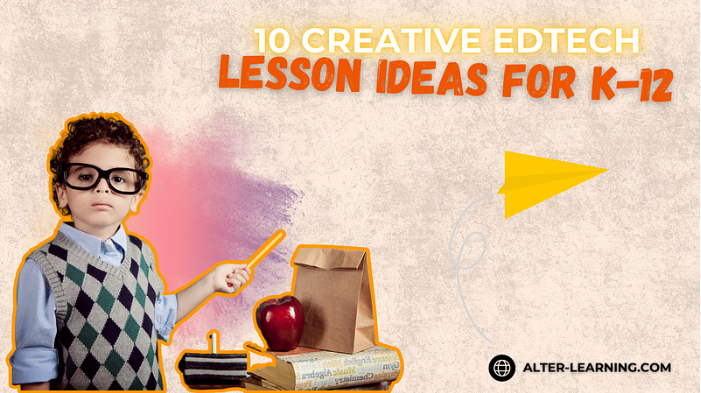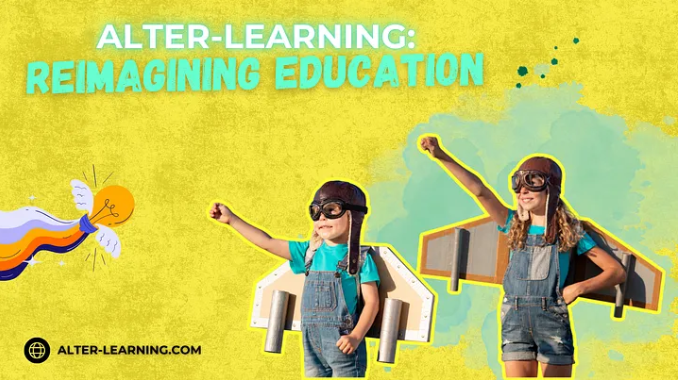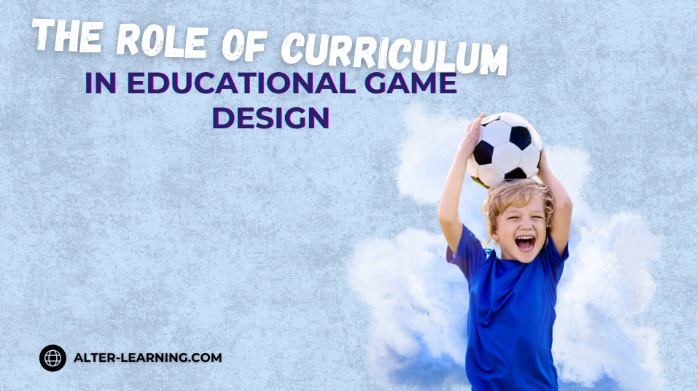Family engagement can be one of the most powerful predictors of student success—but in a world of packed schedules, evolving technology, and increasingly complex learning environments, keeping families actively involved can be a challenge. That’s where technology—used with purpose—can help bridge the gap.
From collaborative platforms to interactive educational games, digital tools offer new ways for families to support learning at home, stay connected to teachers, and take part in their child’s educational journey. When carefully selected, these tools can bring the classroom experience into the living room—and encourage learning as a shared, community-driven process.
Why Family Engagement Matters
Students do better when their families are involved. Research has consistently shown that engaged parents and guardians can help improve:
- Attendance and motivation,
- Academic achievement,
- Social-emotional development,
- Long-term interest in learning.
But engagement isn’t just about showing up to parent–teacher meetings. It’s about empowering families to be part of the learning experience—and giving them tools to feel confident doing so.
For many families, that starts with technology.
How Technology Can Help Connect Families
When designed with accessibility and simplicity in mind, educational technology can open new pathways for families to participate in learning. These platforms can:
- Offer visibility into what students are learning through dashboards or real-time activity feeds,
- Provide tools for shared exploration, like collaborative puzzles, STEAM-based games, or guided wellness activities,
- Create opportunities for bonding, especially when games are designed for multiplayer or co-op use,
- Include multilingual support, making content more accessible for diverse households,
- Deliver content that’s aligned to curricula, so families can reinforce learning at home with confidence.
By inviting families into the educational process through play, reflection, and collaboration, tech platforms can transform passive observation into active support.
Alter-Learning: A Bridge Between Home and School
Alter-Learning’s platform includes a growing collection of immersive, curriculum-aligned games that not only engage students in STEAM learning—but also invite families to join in. While the games are primarily designed for classroom and educational settings, many offer built-in opportunities for family participation.
Here are a few examples:
- Music-based environments, like interactive virtual concert halls or rhythm workshops, can be enjoyed together—helping children and parents bond over creative expression.
- Engineering challenge games, where players experiment with motion, energy, and problem-solving, may be explored collaboratively at home—encouraging discussions about design, cause and effect, and teamwork.
- Wellness-focused platforms, such as the Wellness Center, introduce SEL activities that families can reflect on together—creating safe spaces for conversations around emotions, confidence, and self-care.
- Historical and storytelling adventures, which encourage players to explore events or solve puzzles rooted in real-world knowledge, can spark curiosity and intergenerational dialogue.
Whether it’s helping a child solve a puzzle, play a math game, or build a virtual garden, families can find meaningful ways to be part of their child’s progress—and reinforce learning in ways that feel natural and fun.
Tips for Schools to Foster Family Engagement via Tech
To make the most of these opportunities, schools can support families with clear strategies for tech use at home. Some ideas include:
- Sharing tutorials or guides for recommended platforms, so families feel comfortable getting started,
- Sending home login information and progress updates, so parents can track and support student activity,
- Organizing “tech nights” where families explore platforms like Alter-Learning together,
- Offering multilingual resources to reduce barriers to access,
- Encouraging low-pressure use, emphasizing that it’s about shared exploration—not performance or perfection.
When families see themselves as partners in learning—and when schools make it easy to participate—everyone benefits.
Home, School, and the Digital Connection
Technology isn’t a replacement for personal connection—it’s a tool that can support it. When used with intention, educational platforms like Alter-Learning can help bring families into the learning process, making it more transparent, collaborative, and enjoyable.
Through interactive educational games, creative environments, and SEL-aligned activities, families can experience learning not just as something that happens in school—but as something they do together.
Because when home and school work in harmony, students feel supported from all sides—and learning becomes a shared adventure.
Follow Alter-Learning for more insights into immersive education, edtech success stories, and the future of learning. Want to explore how VR/AR could transform your school or learning platform? Let’s connect.




